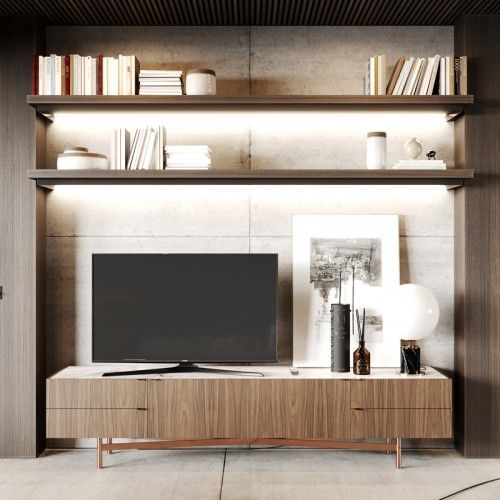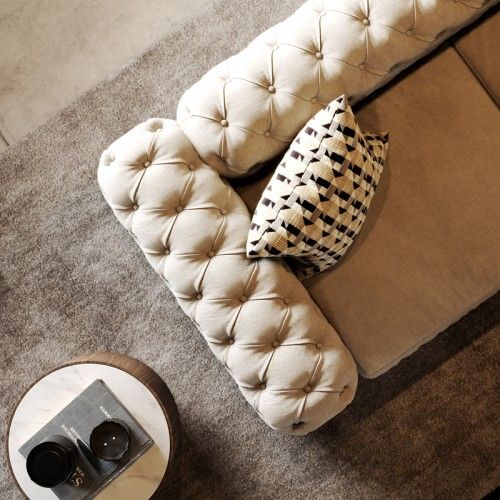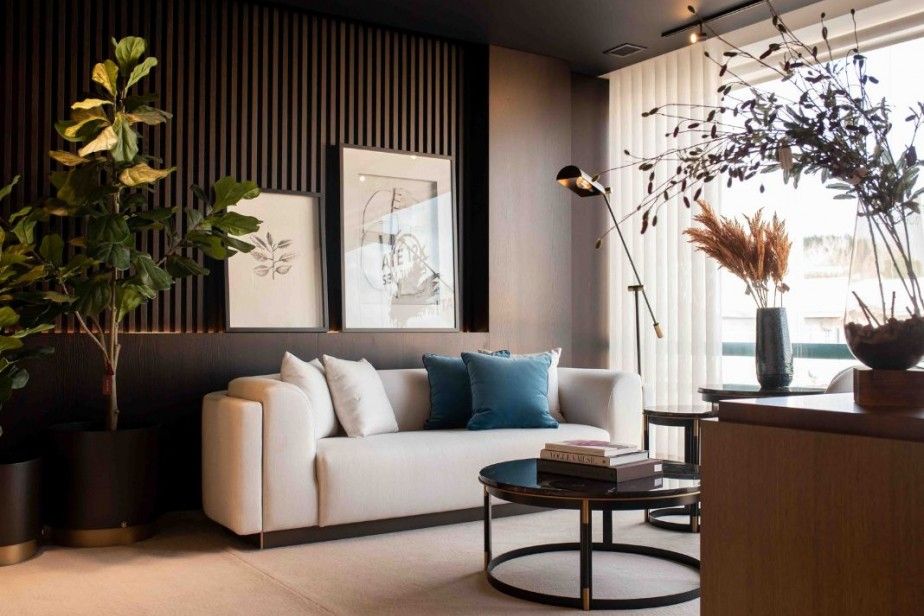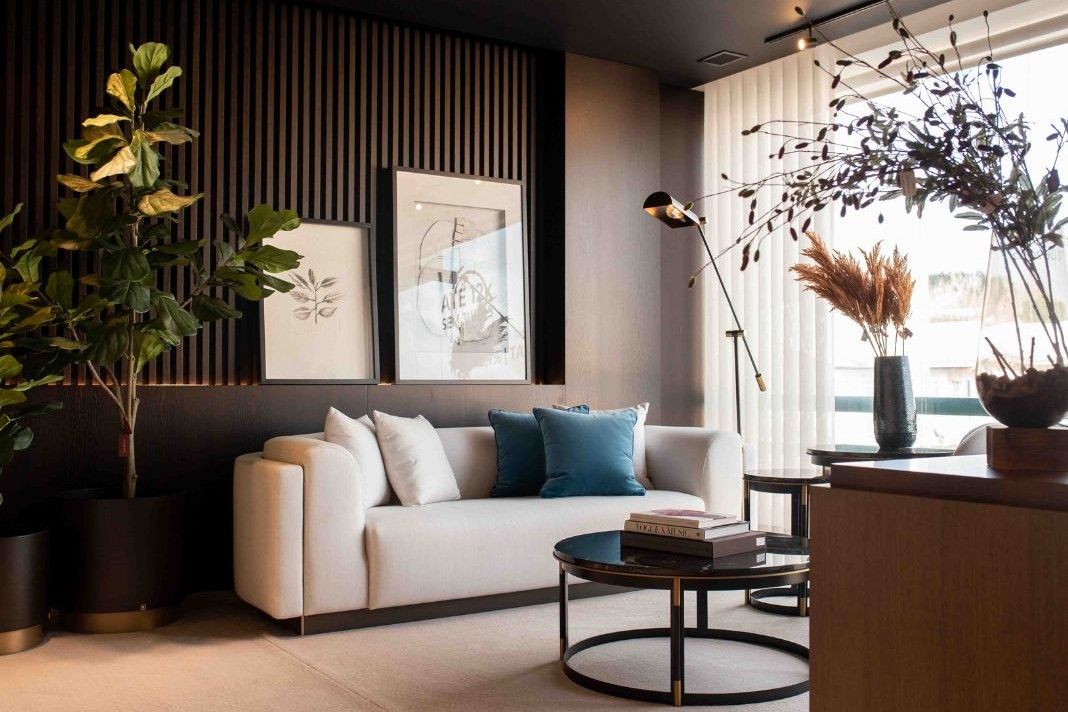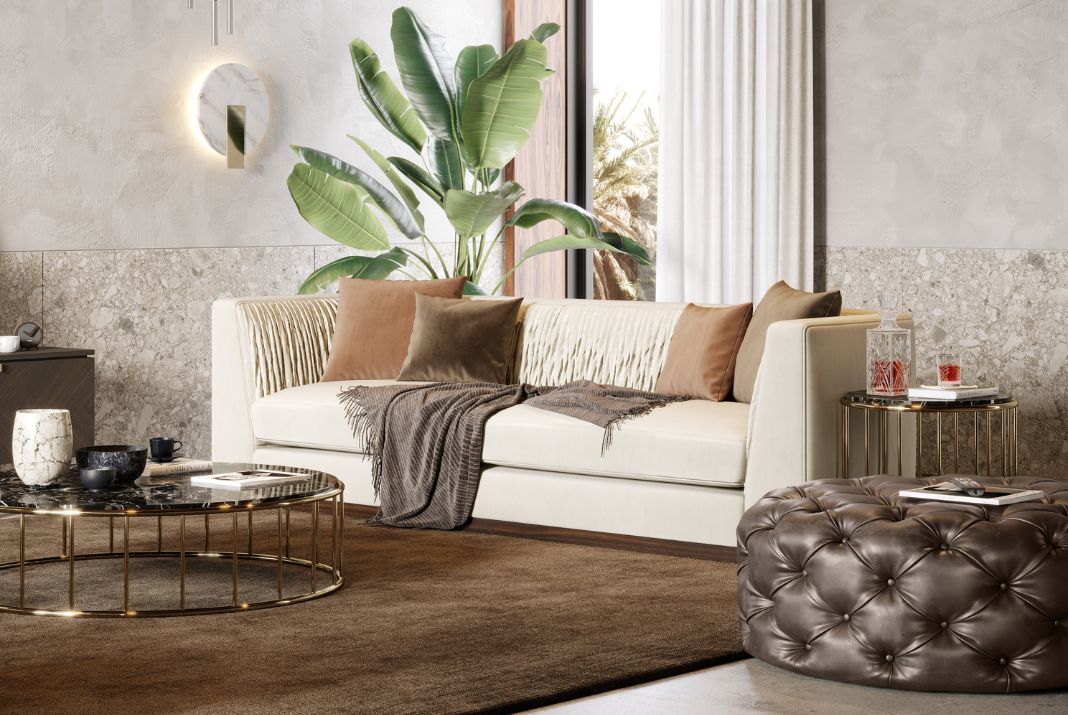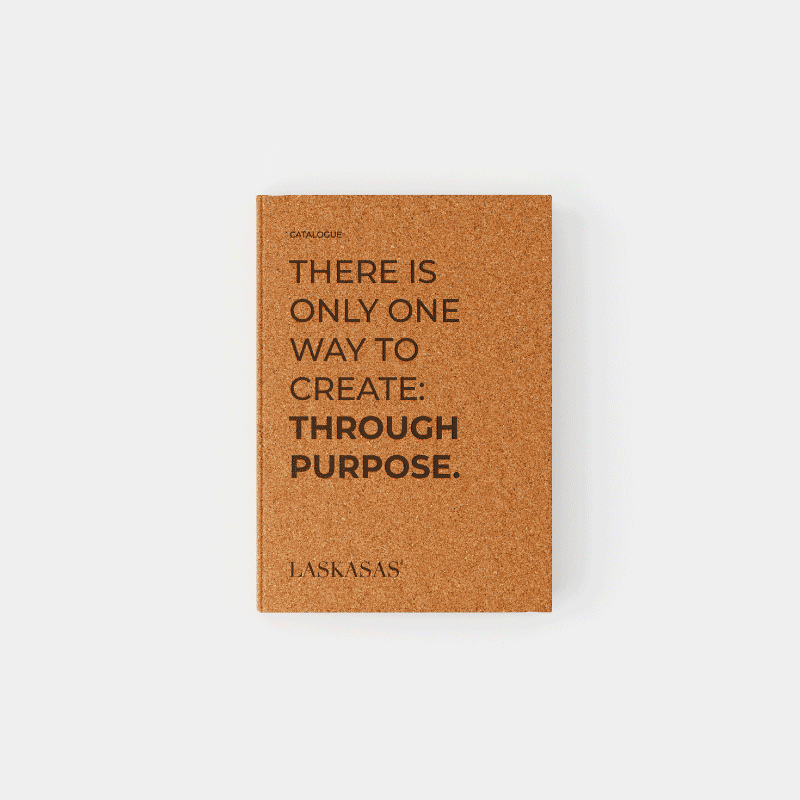Layering is an important technique in interior design that involves combining different textures, colours, and patterns to create a cohesive and visually appealing space. The goal is to make sure that all the elements in a room complement each other and work together to achieve a specific look or feel.
It involves everything, from the flooring and walls to the furniture, fabrics, and accessories in a room. By carefully selecting and combining different textures and patterns, designers can create a sense of depth and complexity that adds interest and sophistication to a space.
The key to success is to strike the right balance between different elements. Too much pattern or texture can overwhelm a space and make it feel cluttered, while too little can leave it feeling bland and uninviting. Skilled designers know how to mix and match different materials and colours to create a harmonious and visually interesting space that feels natural and unique.
Ultimately, layering is all about creating a space that feels personalized and reflects the personality and tastes of the people who live there. Whether you prefer a modern, minimalist look or a more eclectic, bohemian style, layering can help you achieve the look and feel you want in your home.
THESE ARE THE ESSENTIALS OF LAYERING
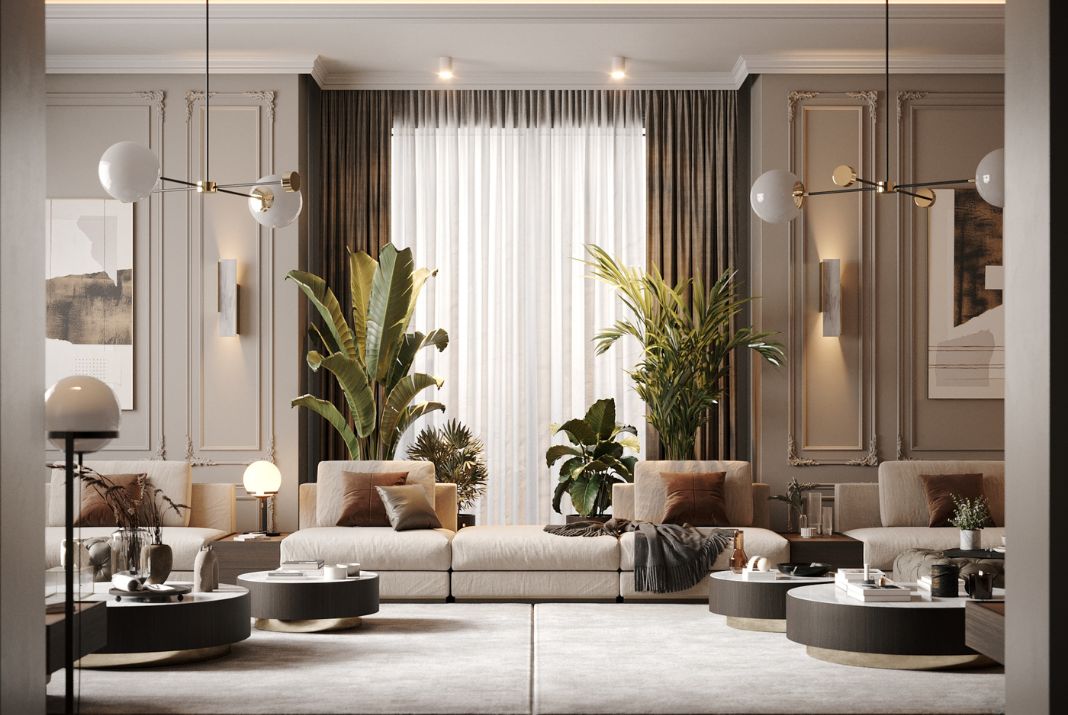
When contemplating the proper layering of a room, the fundamental equation involves dividing it into distinct categories. These categories consist of:
• Wall coverings – shall they be painted, wallpapered, or an alternative option? In due time, we will discuss the options for texture.
• Flooring – is a wooden floor, carpet, or vinyl the preferred choice?
• Furniture – each room necessitates its unique furnishings.
• Soft furnishings – the pillows, blankets, area rugs, and bedding affect the room's overall ambience to a significant extent.
• Lighting – ceiling lights, sconces, table lamps, floor lamps, and other ambient features play a crucial role.
• Wall elements – works of art, mirrors, and photographs may add vibrancy to an empty space.
• Décor items – flowers, coffee table books, and other trinkets that personify you.
Each of these elements constitutes a separate layer and should be treated as such. It is important to remain focused and to add each layer one at a time.
LAYERING WITH COLOURS
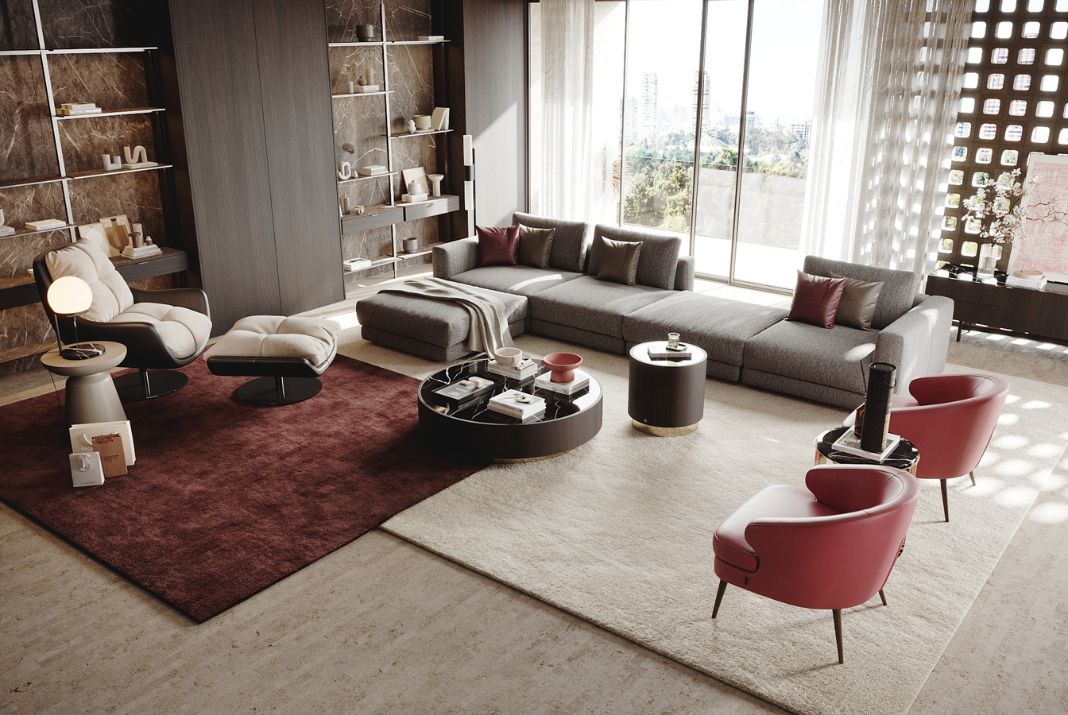
It's essential to consider the mood you want to create in the room, as colours can be emotionally charged and even slightly affect your long-term feelings. That's how influential it can be.
Psychologically, we tend to mimic our natural environment by using colours that are darker at the bottom and lighter towards the top. Florals and other light colours work best at eye level. You can create a natural and organic feel by mimicking this pattern in your interior design.
Although, when it comes to choosing a colour for your ceiling, it's best to stick to lighter tones such as whites and creams. Although there are exceptions to this rule, bold choices should be left to the experts.
If you're working with a limited budget, then soft furnishings can be an affordable way of introducing colours to a neutral room. Remember to consider contrast, by selecting fabrics that have contrasting hues with the rest of your interior design.
LAYERING WITH TEXTURES
Layering with textures is important for creating an inviting and comfortable room. It's important to consider the various textures, colours, and patterns that work well together to achieve the desired effect.
When layering textures in a room, it's best to start from the bottom up. The flooring can be made of wood, carpet, or even vinyl.
Layered rugs have become increasingly popular in recent years, and cowhide rugs placed on top of seagrass or jute rugs are a versatile and delightful look. Other combinations can be tried as well, such as a large jute rug paired with a smaller Persian-style rug in bold colours.
Textures aren't limited to soft furnishings like cushions, chairs, and coffee tables. Textured walls can also add a luxurious vibe to a room, but it's best to consult with a professional if you're not sure how to achieve this effect.
Earthy textures have become more popular, helping to create a relaxing atmosphere. A wooden feature wall made from reclaimed boards can create a modern, upmarket log cabin feel when paired with an overall neutral palette.
DO YOU WANT TO KNOW ALL ABOUT TEXTURES? -HOW TO USE TEXTURES IN INTERIOR DESIGN — PROFESSIONAL GUIDE
TEXTURE AND PATTERN TRENDS FOR 2023
Biophilic Studies
As mental and physical wellness becomes a top priority for more people, desaturated colours such as Green will have stronger appeal because they feel soothing and grounded. This colour is one of the strongest when it comes to interior design trends.
Neutrality is a Reality
Rich layered browns, soft tan and warm whites enhance everlasting patterns and ground home items with a sense of distinction. They are usually associated with stability and dependability, making them ideal for a period of uncertainty that we anticipate will last in the next couple of years.
Bouclé Everywhere
Bouclé is one of the key materials in textiles. We already saw it in full glory during Maison & Object 2022 or Decorex 2022 and will be even more prominent in the future.
Velvet Silhouettes
Classic velvet continues to elevate both modern and vintage-inspired silhouettes. Many furniture brands displayed velvet pieces at tradeshows in 2022. This material is used in projects that require finesse, elegance, and audacity.
